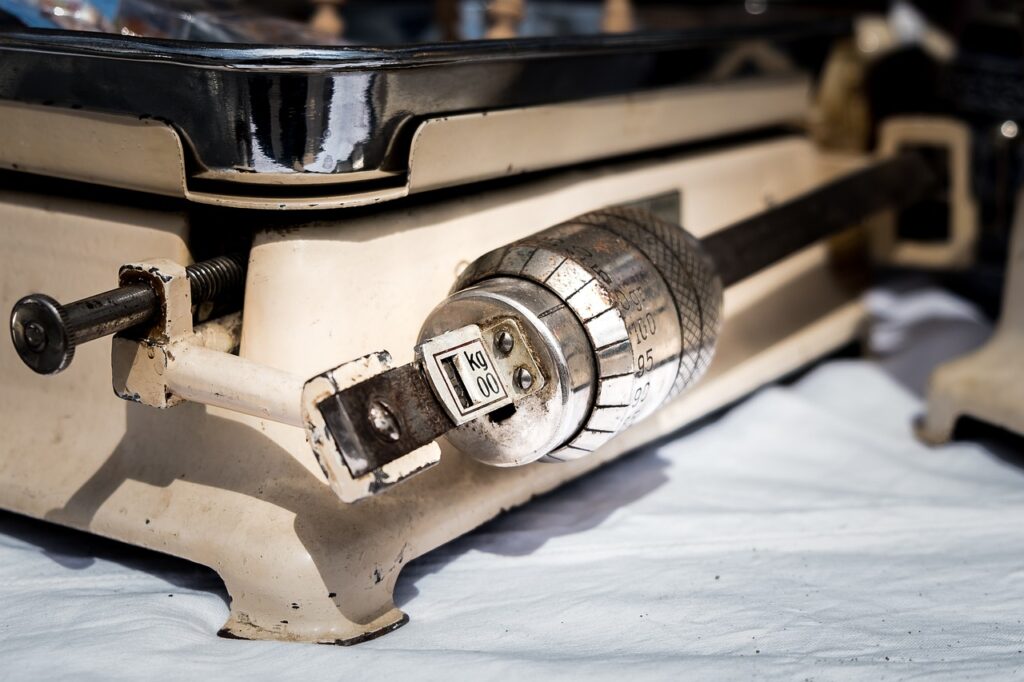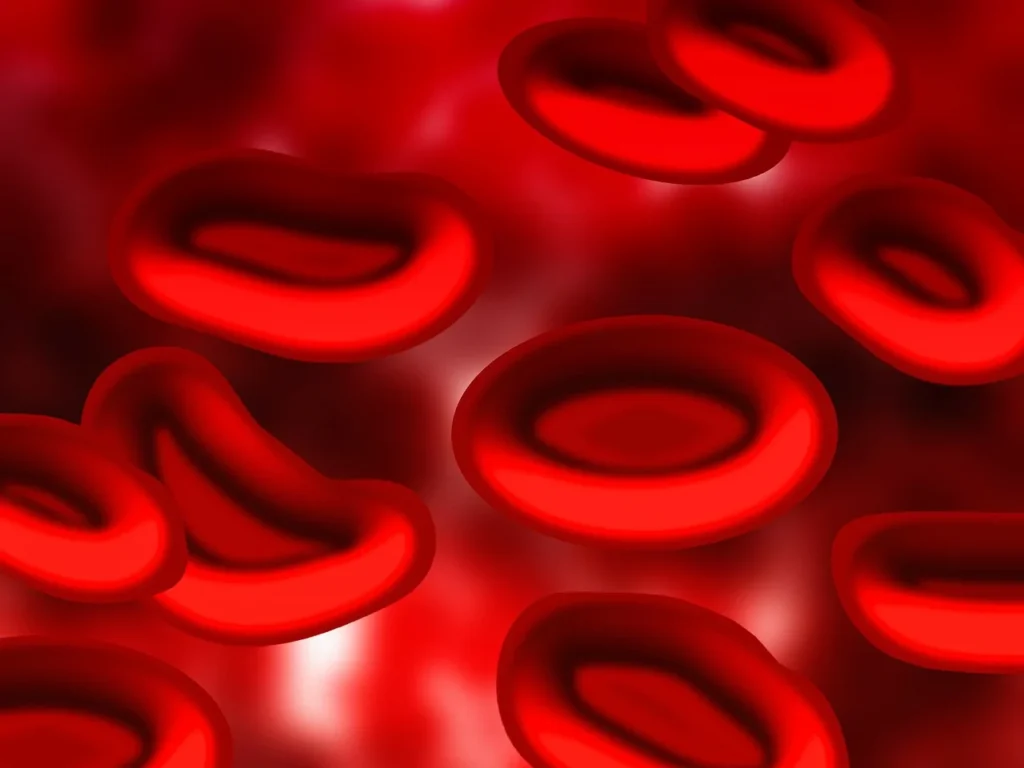An object’s mass, a basic feature of matter, indicates how much material it contains. It is important in many scientific fields, particularly physics, where knowledge of mass is necessary to investigate ideas like force, momentum, and inertia. Mass is independent of an object’s location, which is dependent on gravity.
What is Mass?
Inertia, or an object’s resistance to changes in motion, is frequently measured by mass. Grams (g) and milligrams (mg) are also frequently used for lesser quantities, kilograms (kg) are the unit of mass in the International System of Units (SI).
Methods of Measurement of Mass
Following methods exist to measure mass, depending on the level of accuracy needed and the nature of the object:
1.Direct Measurement of Mass by Using Balances:-
For direct mass measurements, balances like beam balances and electronic balances are frequently utilised. A balance is extremely exact since it compares an object’s mass to a known standard mass.
Beam Balance: Two arms are balanced against one another in this kind of balance, which works on the theory of moments. The beam balance gives a precise reading by setting an object on one pan and standard masses on the other.
Electronic Balance: Electronic balances are frequently utilised in sophisticated environments and laboratories. They can measure even the smallest changes in mass and are quick and accurate. Electronic balances, as opposed to beam balances, show the mass immediately on a digital screen.

2. Indirect Measurement:
Indirect techniques, such as employing density (mass/volume), might be helpful when it’s difficult to place an object directly on a balance. For example, determining mass in the case of irregularly shaped objects can be aided by using the known density and measuring volume through displacement.
3. Mass Spectrometry:
Mass spectrometry determines the mass of atoms and molecules in sophisticated fields like chemistry and biology. Although it is not frequently employed for routine measurements, it offers important information about the atomic and molecular makeup of materials.
Standards and Units of Mass :-
Kilogram (kg), the standard unit of mass, is determined by basic physical characteristics. At first, a platinum-iridium alloy cylinder kept in France served as the kilogram’s symbol.
But in 2019, the Planck constant was used to redefine it, making it independent of a physical entity and universally constant. This modification guarantees accuracy in technology and scientific research.
Importance of Accurate Mass Measurement :-
In many fields, precise mass measurement is essential. For example, in chemistry, accurate reactant measurements are necessary for proper reaction chain. Accurate mass measurements in pharmacology guarantee that medications are dosed correctly.
Similar to this, enterprises depend on precise mass measurements to preserve product consistency and quality control.
Practical Considerations in Measuring Mass
Calibrations and Zeroing: Balances should be routinely calibrated and zeroed before each use to remove bias from previous measurements in order to produce reliable results.
Environmental Factors: Temperature, humidity, and air currents can all affect mass measurement, especially when sensitive electronic balances are being used. In order to guarantee accurate measurements, laboratories frequently regulate these ambient conditions.
Handling with Care: Using gloves and handling equipment can increase accuracy because direct contact with the substances being measured may introduce impurities.
Main points :-
Mass is the basic property of a matter. It does not depend on the temperature, pressure or location of the object in space.
Mass of an atom is expressed in unified atomic unit (u), I unified atomic mass unit = 1 u = (1 / 12) of the mass of an atom of carbon- 12 isotope (12 / 6 C) including the mass of electron = 1.66 x 10-27 kg.
For measurement of small masses of atomic / subatomic particle etc., we make use of mass spectrograph in which radius of the trajectory is proportional to the mass of a charged particle.
Following table shows that the ratio of the largest and the smallest masses of the objects in the universe is about (1085).
Object | Mass (kg) |
Electron | 10-30 |
Proton | 10-27 |
Uranium atom | 10-25 |
Red blood cell | 10-13 |
Dust particle | 10-9 |
Rain drop | 10-6 |
Mosquito | 10-5 |
Grape | 10-3 |
Human | 102 |
Automobile | 103 |
Boeing 747 aircraft | 108 |
Moon | 1023 |
Earth | 1025 |
Sun | 1030 |
Milky way galaxy | 1041 |
Observable Universe | 1055 |

Note :-
Component of experimental research is mass measurement, especially in physics and chemistry where accuracy is crucial. Accurate scientific observation and experimentation are predicated on an understanding of the basics of mass, an consciousness of the difference between mass and weight, and the application of suitable measuring procedures.
Accurate mass measurement supports scientific severity across disciplines, whether in a basic beam balance or a high-precision electronic gadget.
